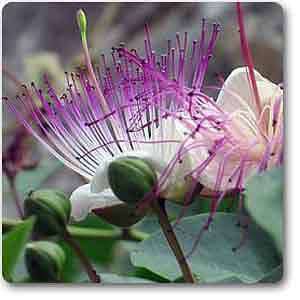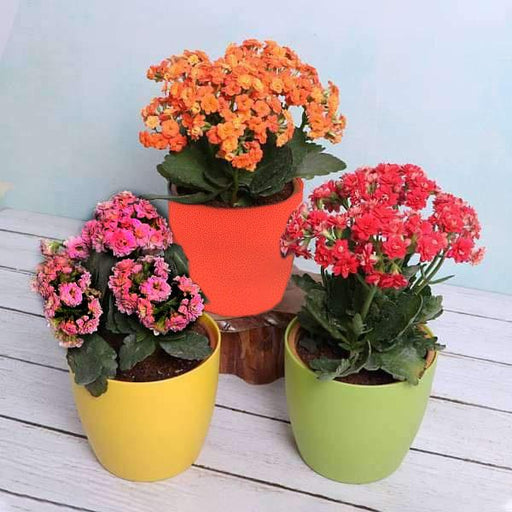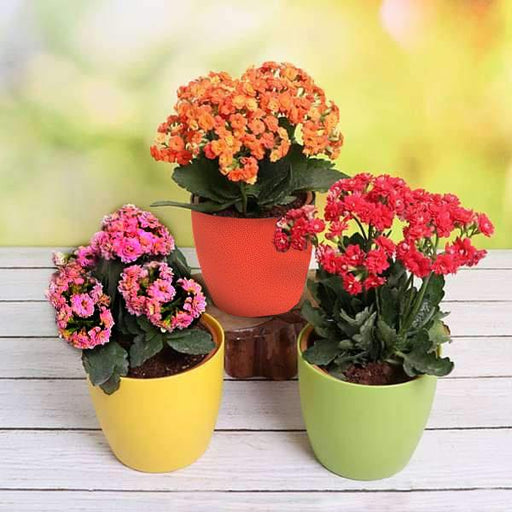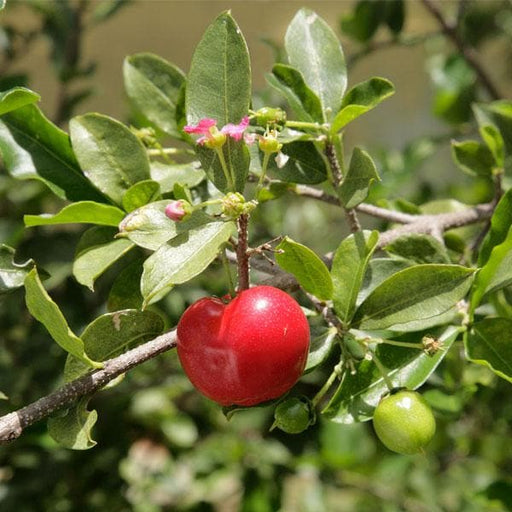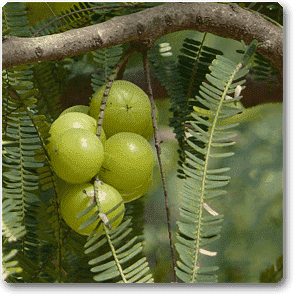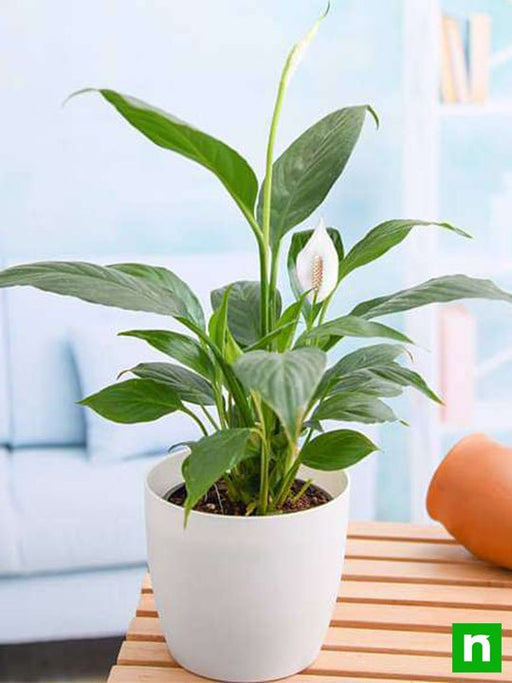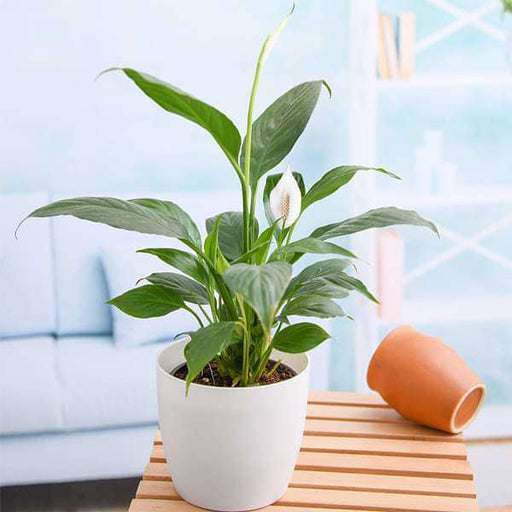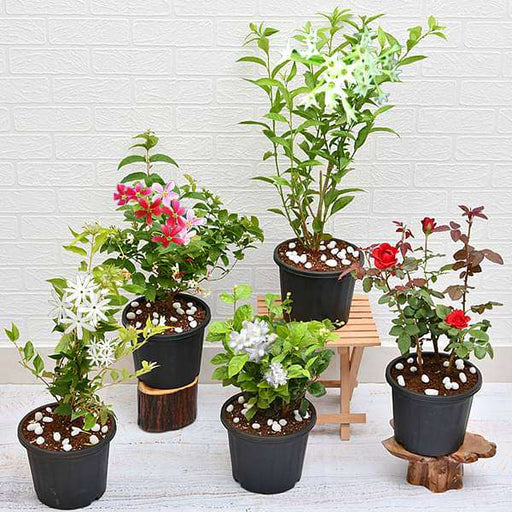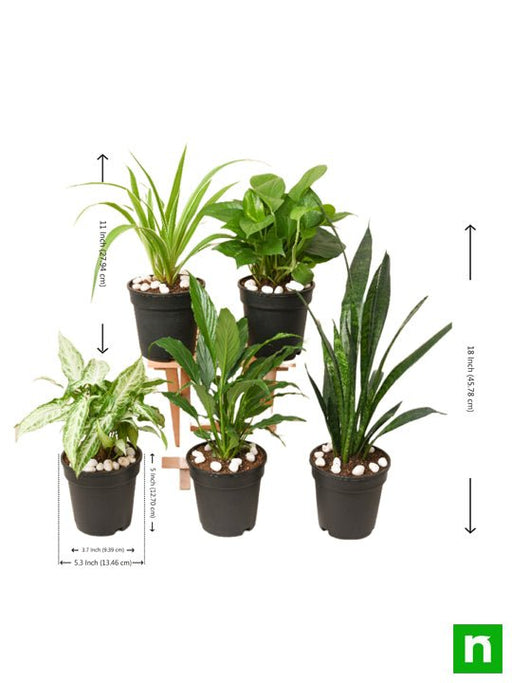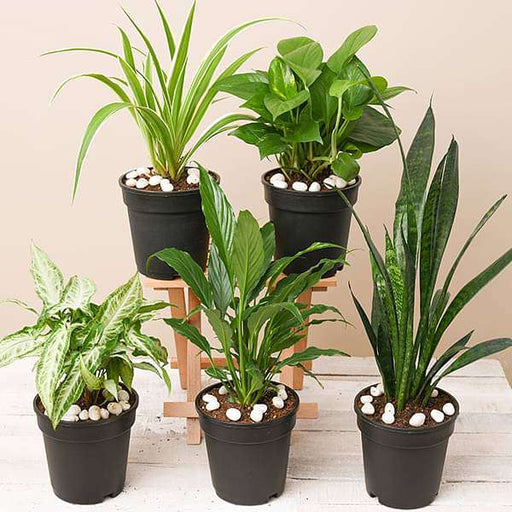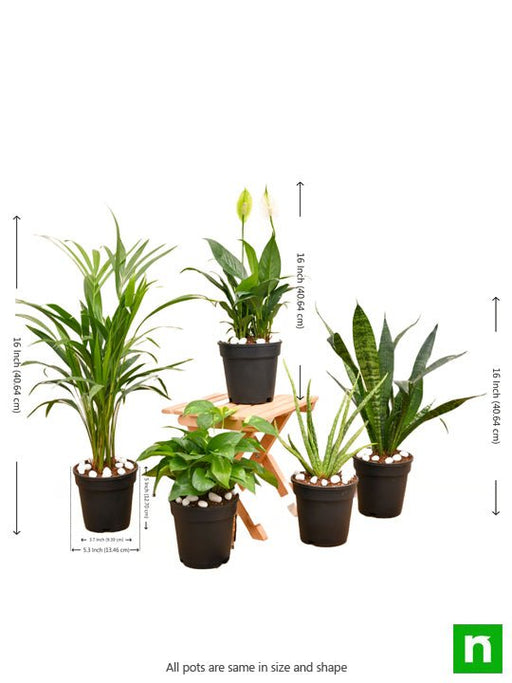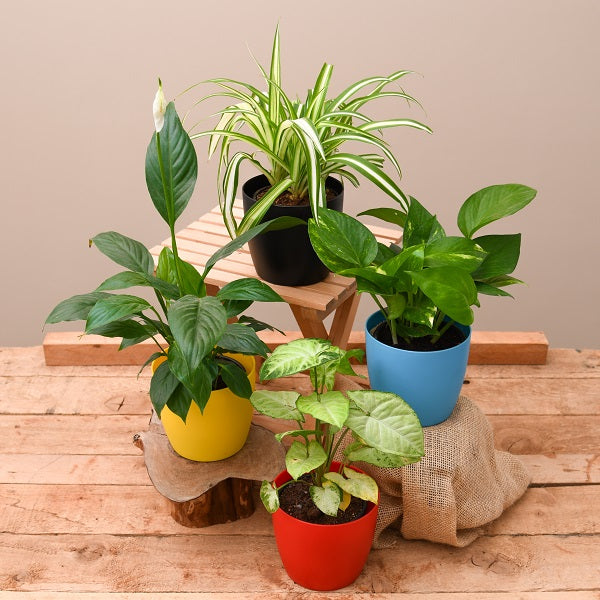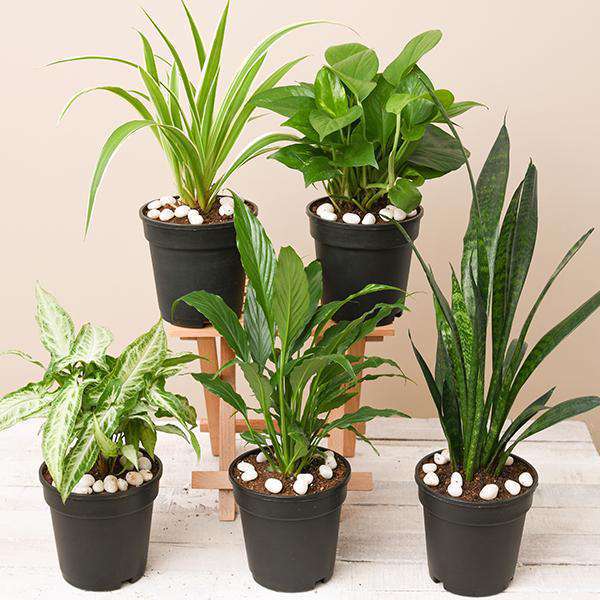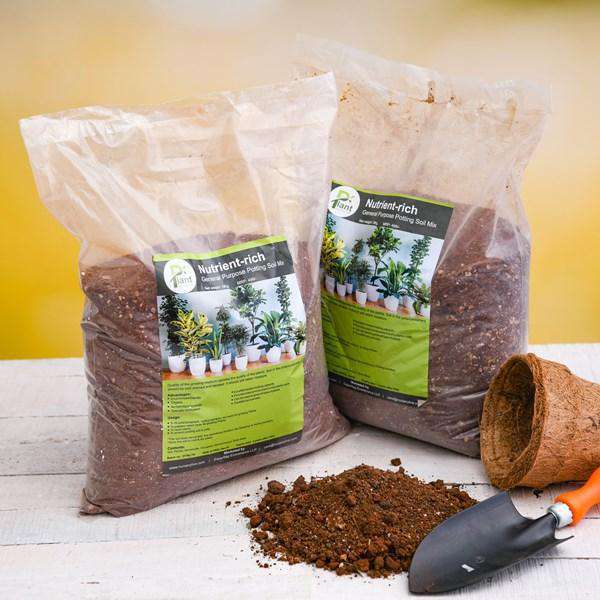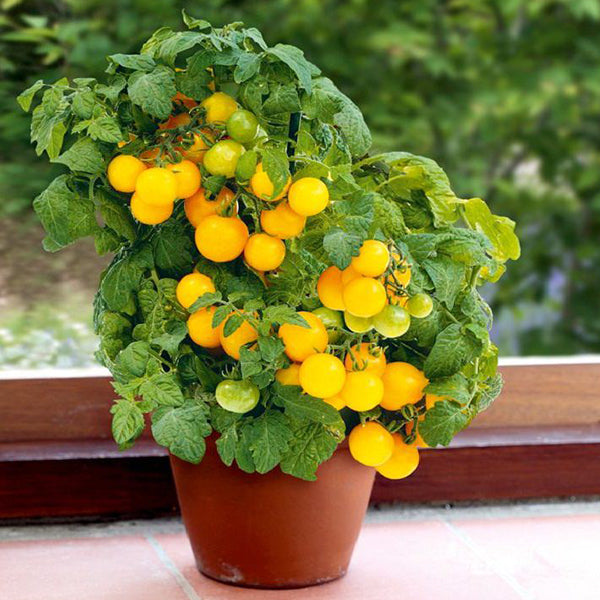Description
The plant is best known for the edible flower buds, often used as a seasoning, and the fruit, both of which are usually consumed pickled.
Capparis spinosa, the caper bush, also called Flinders rose, is a perennial plant that bears rounded, fleshy leaves and large white to pinkish-white flowe
Plant Specifications
*above specification are indicative only. actual dimensions may vary by +-10%
| Common Name |
Capparis spinosa |
| Maximum Reachable Height |
2.00 to 3.00 feet |
| Flower Colour |
white to pinkish-white |
| Bloom Time |
May to September |
| Difficulty Level |
easy to grow |
Planting and care
Capparis spinosa, the caper bush, also called Flinders rose, is a perennial plant that bears rounded, fleshy leaves and large white to pinkish-white flowe The plant is best known for the edible flower buds (capers), often used as a seasoning, and the fruit (caper berries), both of which are usually consumed pickled.
Caper care
Capparis spinosa, the caper bush, also called Flinders rose, is a perennial plant that bears rounded, fleshy leaves and large white to pinkish-white flowe The plant is best known for the edible flower buds (capers), often used as a seasoning, and the fruit (caper berries), both of which are usually consumed pickled.
| Sunlight |
Full sun |
| Watering |
Medium |
| Soil |
well-drained soil |
| Temperature |
40 C |
| Fertilizer |
Apply any organic fertilizer |
Caper special feature
Interesting flowering shrub for dry sunny areas of the landscape. Source of culinary cape Infrequently grown in U.S. gardens.
Caper uses
Ornamental Use:
- The plant is used for ornamental purpose
Medicinal Use:
- diabetes, fungal infections, chest congestion,
Culinary Use:
- The plant is best known for the edible flower buds (capers), often used as a seasoning, and the fruit (caper berries), both of which are usually consumed pickled
- Other species of Capparis are also picked along with C
- spinosa for their buds or fruits
